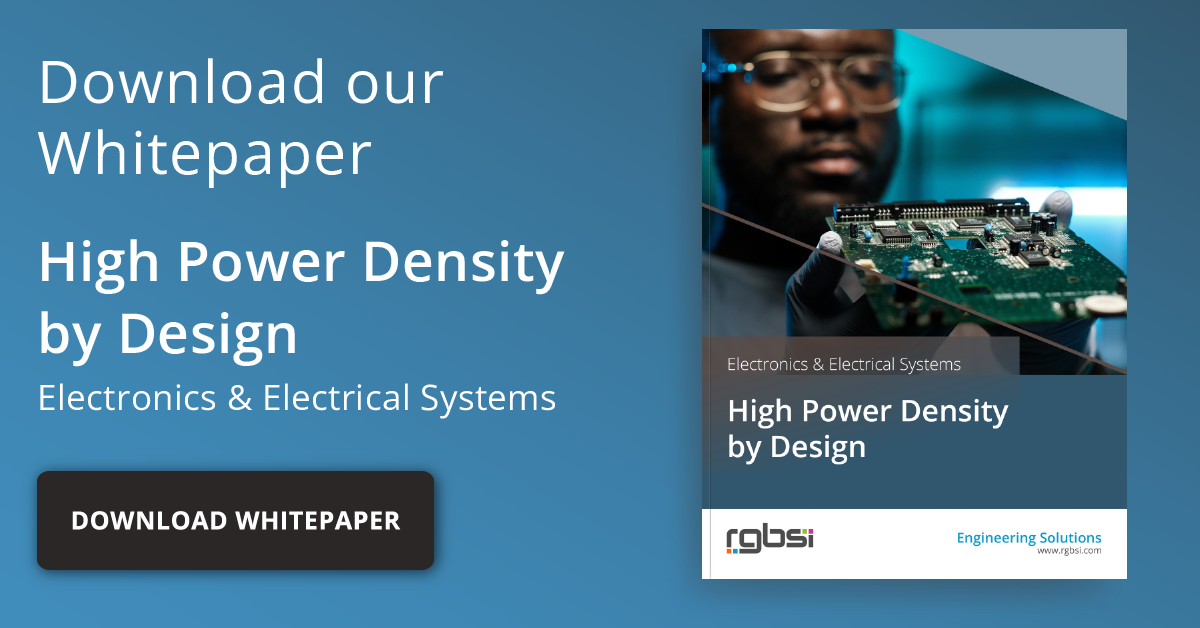Discover the key design considerations when designing for high power density electronics & electrical systems for to achieve efficiency.
Engineers are often challenged with space constraints, which means designers must develop designs that retain high power density, while being efficient and compact in size. For an electrical/electronic product to be considered as such, they must accommodate high voltage and current within a small enclosure.
The goal of high power density designs is to reduce the size of power supply while optimizing power density and performance. With innovation, high power density is accomplished by design.
High Power Density Design Considerations
- Size Reduction - develop designs that retain high power density, while being efficient and compact in size.
- Thermal Optimization - innovative thermal cooling technology and gate-driver designs can be incorporated in electronic devices and electrical systems to overcome thermal barriers created by shifting the design to be more power dense.
- EMI Performance - there must be an adequate margin between the conducted and radiated EMIs and the global regulatory requirements.
- Gate Driver Design - send signals to a gate driver, which can significantly handle more power and operate MOSFET's.
- Increased Switching Frequency - increasing switching frequency decreases the physical size and volume of passive components such as inductors, transformers, and capacitors.
- Alternative Materials & Packaging - use materials such as silicon carbide, gallium nitride, and nanocrystalline can make components lighter and selecting a thermal interface material with low thermal resistance is important for packaging.
- PCB Layout - minimize loops, lower inductances, protect circuit nodes, and maintain natural current paths to optimize PCB layouts.
About RGBSI Electrical & Electric Services
At RGBSI, we offer state-of-the-art services that fully integrate electrical and electronic design through manufacturing. With a “think forward” outlook, clients’ use our team of experts to ensure their products, systems, and processes are always current and compliant in the most efficient way possible.
Design
- Hardware design
- PCB Layout Design
- WCCA & DFMEA
- Virtual & Physical Design Validation
Development
- Firmware Development
- Application Development
Manufacturing
- Electronics manufacturing services
- Rapid prototyping & Volume Manufacturing Services
- Benchmark engineering
- Value analysis & value engineering
Safety
- Automotive SPICE
- ISO 26262 Functional Safety
- Automotive Cybersecurity
Learn more about electrical & electronic services












